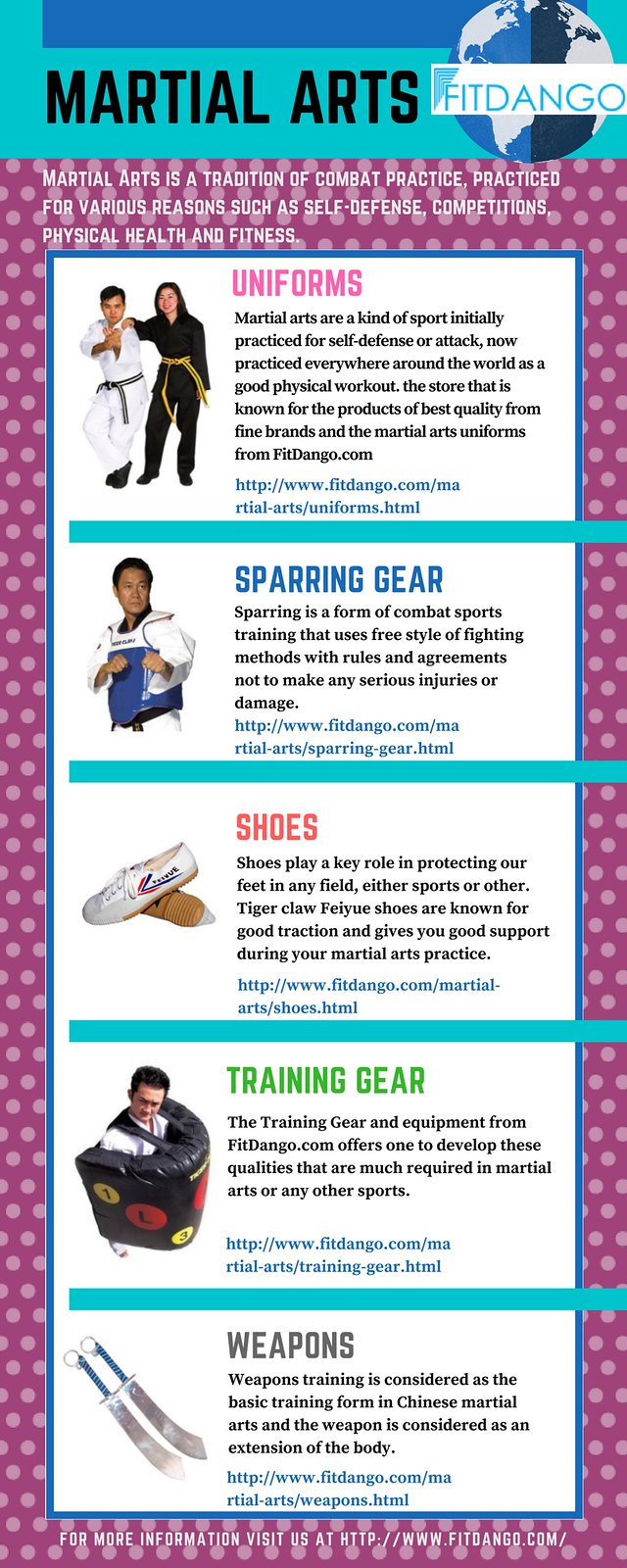A Historic Summary And Progression Of Martial Arts Around The World
A Historic Summary And Progression Of Martial Arts Around The World
Blog Article
Team Author-Sutton Vick
Martial arts have a fascinating background that spans centuries and continents. You may locate it fascinating exactly how old practices like Shuai Jiao and Kalaripayattu prepared for contemporary battle strategies. These disciplines not only stress physical skills but additionally mirror the societies that birthed them. As you explore their advancement, consider just how globalization has transformed these traditional forms into hybrid styles. What impacts do you believe have formed today's martial arts landscape?
Ancient Martial arts: The Foundations of Battle
As you explore the world of ancient martial arts, you'll find the abundant structures that formed combat strategies across cultures. Early practices focused on Self-Defense and survival, typically integrating strikes, hurting, and weaponry.
In ancient China, for example, strategies like Shuai Jiao highlighted tosses and joint locks, while India's Kalaripayattu showcased dexterity and liquid movement. Japanese samurai developed Kenjutsu, a polished swordsmanship that highlighted technique and technique.
These martial arts served not just for fight yet also as a means of individual development, instilling worths like respect and willpower. The mixing of these strategies over time prepared for the varied martial arts you see today, each reflecting the distinct viewpoints and requirements of its culture.
The Social Impact on Martial Arts Advancement
While martial arts usually mirror the functional demands of a society, they additionally symbolize the cultural worths and beliefs of their beginnings. When you check out various martial arts, you'll notice exactly how they're influenced by religion, philosophy, and social norms.
For example, the focus on respect and discipline in Japanese martial arts stems from Zen Buddhism and samurai culture. In contrast, Brazilian Jiu-Jitsu promotes flexibility and technique, shaped by the need for efficiency in a varied, multicultural setting.
You might find that the rituals, uniforms, and training techniques reflect an area's history and identification. By understanding these social impacts, you grow your recognition of martial arts and their duty in shaping human experiences across the globe.
Modern Adaptations and the Globalization of Martial arts
Martial arts have actually transformed significantly in current years, adapting to modern society and global influences. john bishop kajukenbo 'll discover that conventional forms have blended with modern techniques, creating hybrid styles like mixed martial arts. These adaptations deal with varied target markets, making martial arts easily accessible and attractive worldwide.
With the increase of social media sites and electronic platforms, you can find tutorials and competitions from all corners of the globe, breaking geographical obstacles. This globalization has actually caused a common recognition for various self-controls, from Brazilian Jiu-Jitsu to Taekwondo.
As https://www.mindbodygreen.com/articles/best-online-self-defense-class involve with these arts, you'll understand they're not practically battle; they advertise fitness, technique, and mental health.
Inevitably, contemporary adaptations have actually improved the martial arts landscape, making it a dynamic and advancing method.
Verdict
In exploring the background and advancement of martial arts, you reveal a remarkable mix of methods, cultures, and approaches. From ancient techniques like Shuai Jiao and Kalaripayattu to the contemporary flexibility seen in mixed martial arts, martial arts show humanity's mission for Self-Defense and personal development. As you engage with these methods, you not only get skills but additionally a deeper appreciation for the diverse traditions that form our world today. So, proceed your journey and embrace the art of battle!
